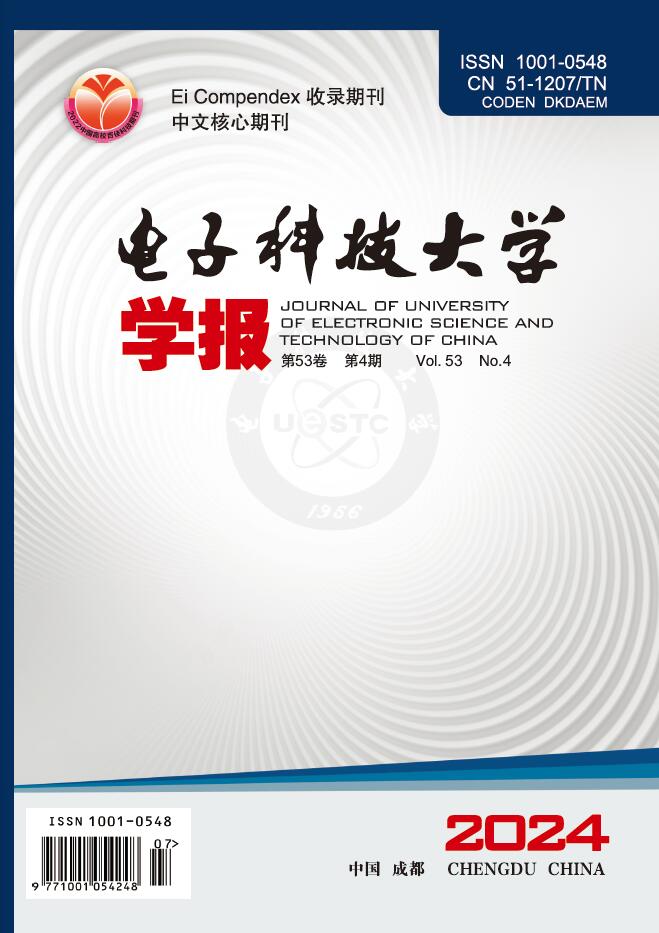An Inversion of the Constitution of the Baidu Migration Scale Index
Q4 Engineering
引用次数: 3
Abstract
Baidu migration scale index represents the human migration scale of a specific area in China, and it has been used widely in geo-economics, demography, and epidemiology. Nowadays, Baidu migration index is adopted as a key data source for studying epidemic models of COVID-19. But the index is just a dimensionless number, its constitution method is still ambiguous. In this paper, the index is assumed as an elementary function mapping result of the real human migrate populations. According to a hidden equation existing in the data set, the mapping function is deduced to be a linear function y=kx. Another key phenomenon in the data set is the minimum interval of the migration index. All the migration index values and their differentials are exactly divisible by this interval. Through Fermat-Euler Theorem, we prove the coprimeness of the human migrate populations, and then the relationship between the minimum interval and minimum counting unit of the migrate populations is built, which means k=3.24×10−5. In the experiments, the migration records between 01/01/2020−04/30/2020 are examined to verify the correctness of the hidden equation: while the rounding error is considered, there about 93.81% of the city-to-city migration records, 82.65% city-to-province migration records and 84.87% province-to-province migration records can support the equation exactly;the maximum absolute error of the violation records is 357 peoples, which corresponds to about 0.5% relative error. The verifications support the self-consistency of the proposed linear mapping function. Copyright ©2020 Journal of University of Electronic Science and Technology of China. All rights reserved.百度迁移尺度指数构成的反演
百度迁移规模指数代表了中国特定地区的人类迁移规模,在地缘经济学、人口学、流行病学等领域得到了广泛的应用。目前采用百度迁移指数作为研究COVID-19流行模型的关键数据源。但该指标只是一个无量纲数,其构成方法尚不明确。本文将该指标假设为真实人口迁移群体的初等函数映射结果。根据数据集中存在的隐式方程,推导出映射函数为线性函数y=kx。数据集中的另一个关键现象是迁移指数的最小区间。所有的迁移指标值及其微分都能被这个区间整除。通过费马-欧拉定理证明了人类迁移种群的互素性,建立了迁移种群的最小间隔与最小计数单位之间的关系,即k=3.24×10−5。实验中,对2020年1月1日至2020年4月30日期间的人口迁移记录进行了检验,验证了隐方程的正确性。在考虑舍入误差的情况下,约有93.81%的城际迁移记录、82.65%的城际迁移记录和84.87%的省际迁移记录完全支持该方程;违规记录的最大绝对误差为357人,对应的相对误差约为0.5%。验证结果支持所提出的线性映射函数的自一致性。版权所有©2020中国电子科技大学学报版权所有。
本文章由计算机程序翻译,如有差异,请以英文原文为准。
求助全文
约1分钟内获得全文
求助全文
来源期刊

电子科技大学学报
Engineering-Electrical and Electronic Engineering
CiteScore
1.40
自引率
0.00%
发文量
7228
期刊介绍:
 求助内容:
求助内容: 应助结果提醒方式:
应助结果提醒方式:


